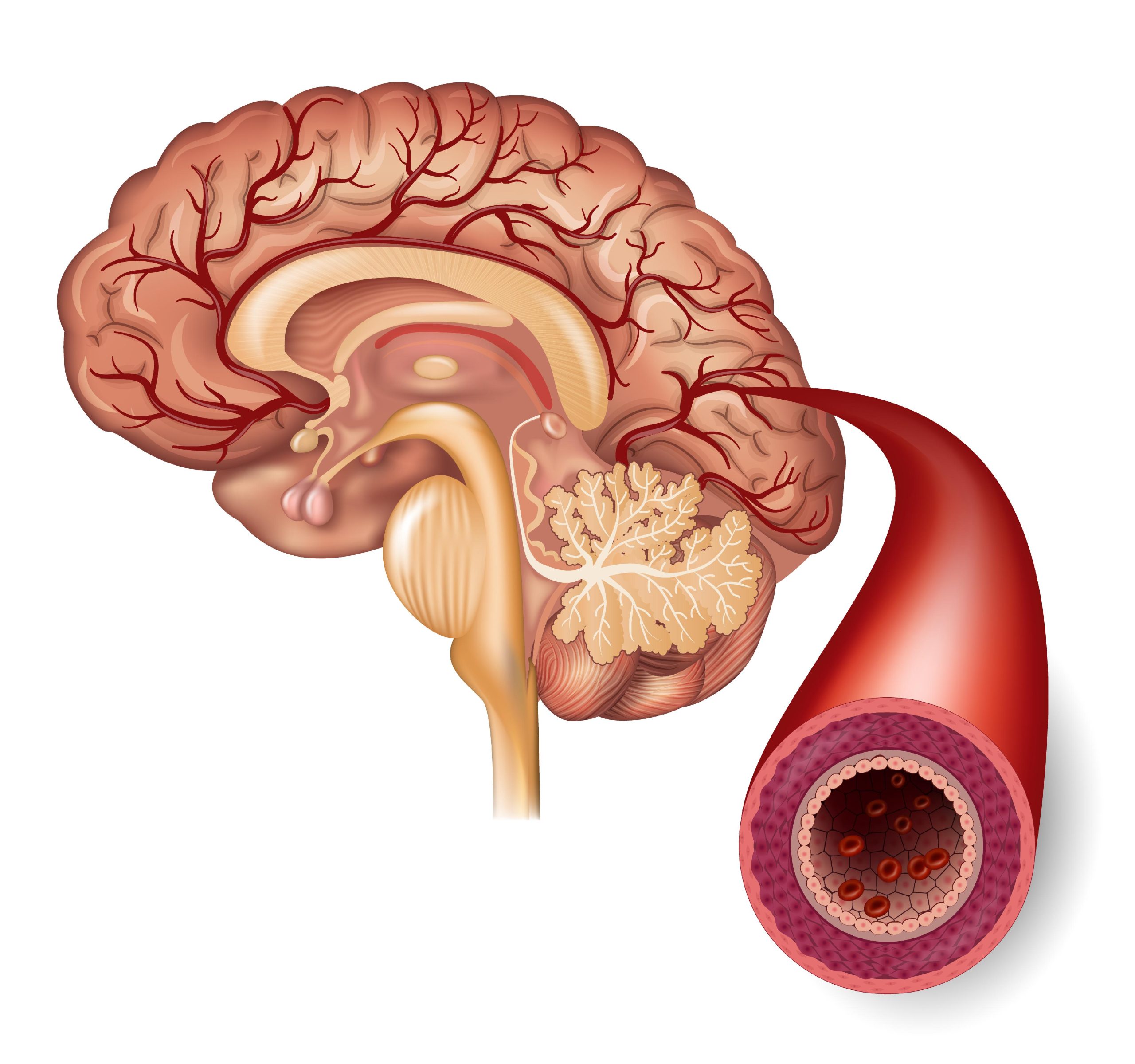A transient ischaemic attack (TIA), also known as a “mini-stroke,” is a temporary interruption of blood flow to the brain.

It is a warning sign for a future stroke, and it is essential to take immediate action to prevent a full-blown stroke. In this article, we will discuss the causes, symptoms, diagnosis, treatment, and prevention of TIA.
Causes of TIA
A TIA occurs when the blood flow to the brain is temporarily blocked or reduced. This can happen due to various reasons, including:
1. Blood Clots: Blood clots can form in the blood vessels of the neck or brain, blocking the blood flow.
2. Atherosclerosis: The buildup of plaque in the blood vessels can cause them to narrow and harden, reducing blood flow.
3. Embolism: A blood clot or other debris can break loose from another part of the body and travel to the brain, blocking the blood flow.
4. Vasculitis: Inflammation of the blood vessels can cause them to narrow and reduce blood flow.
Symptoms of TIA
The symptoms of TIA are similar to those of a stroke, but they are temporary and usually last for a short period, typically less than 24 hours. Common symptoms include:
1. Sudden Weakness or Numbness: Weakness or numbness in the face, arm, or leg on one side of the body.
2. Sudden Confusion or Trouble Speaking: Difficulty speaking or understanding speech.
3. Sudden Trouble Seeing: Blurred vision or loss of vision in one eye.
4. Sudden Severe Headache: A severe headache that comes on suddenly.
5. Sudden Dizziness or Loss of Balance: Dizziness or loss of balance.
Diagnosis of TIA
Diagnosing TIA can be challenging, as the symptoms are temporary and may have resolved by the time the person seeks medical attention. However, a prompt diagnosis is essential to prevent a future stroke. Diagnostic tests may include:
1. Computed Tomography (CT) Scan: A CT scan uses X-rays to create detailed images of the brain.
2. Magnetic Resonance Imaging (MRI): An MRI uses magnetic fields and radio waves to create detailed images of the brain.
3. Carotid Ultrasound: A carotid ultrasound uses sound waves to create images of the carotid arteries.
4. Electroencephalogram (EEG): An EEG measures the electrical activity of the brain.
Treatment of TIA
Treatment for TIA is focused on preventing a future stroke. Medications may include:
1. Antiplatelet Agents: Medications such as aspirin or clopidogrel to prevent blood clots.
2. Anticoagulants: Medications such as warfarin to prevent blood clots.
3. Statins: Medications to lower cholesterol levels.
4. Blood Pressure Medications: Medications to control high blood pressure.
Lifestyle Changes
In addition to medications, lifestyle changes can help prevent a future stroke. These include:
1. Quitting Smoking: Smoking is a significant risk factor for stroke.
2. Exercise Regularly: Regular physical activity can help lower blood pressure and cholesterol levels.
3. Healthy Diet: Eating a healthy diet that is low in salt, sugar, and unhealthy fats can help lower blood pressure and cholesterol levels.
4. Stress Management: Managing stress through techniques such as meditation, yoga, and deep breathing exercises can help lower blood pressure.
Prevention of TIA
Preventing TIA requires managing risk factors and making lifestyle changes. Common prevention strategies include:
1. Blood Pressure Control: Managing high blood pressure through lifestyle changes and medication.
2. Cholesterol Management: Managing high cholesterol through lifestyle changes and medication.
3. Diabetes Management: Managing diabetes through lifestyle changes and medication.
4. Smoking Cessation: Quitting smoking to reduce the risk of stroke.
Conclusion
A TIA is a warning sign for a future stroke, and it is essential to take immediate action to prevent a full-blown stroke. By understanding the causes, symptoms, diagnosis, treatment, and prevention of TIA, individuals can take steps to reduce their risk and improve their overall health. If you or someone you know is experiencing symptoms of TIA, call emergency services immediately.

